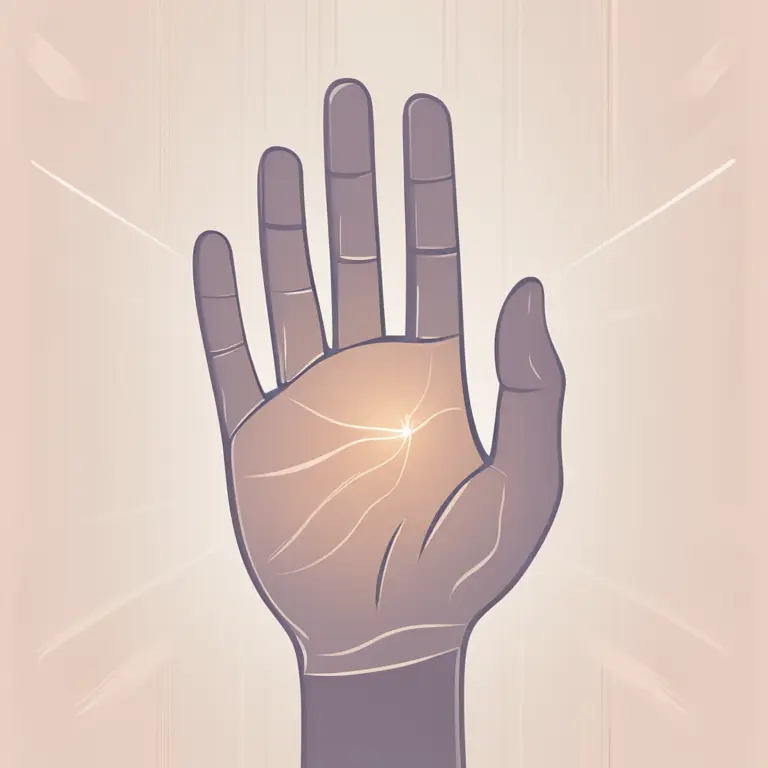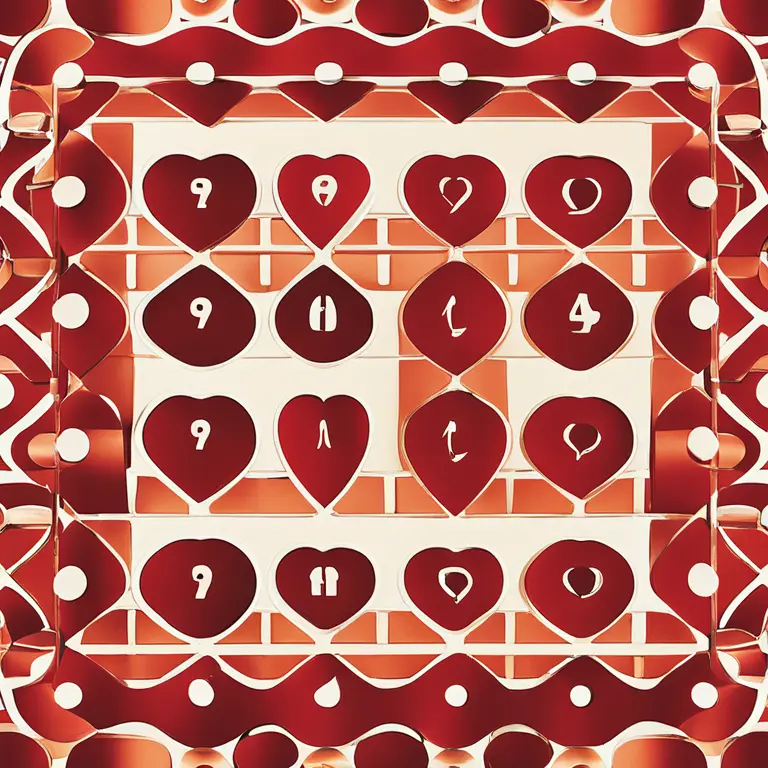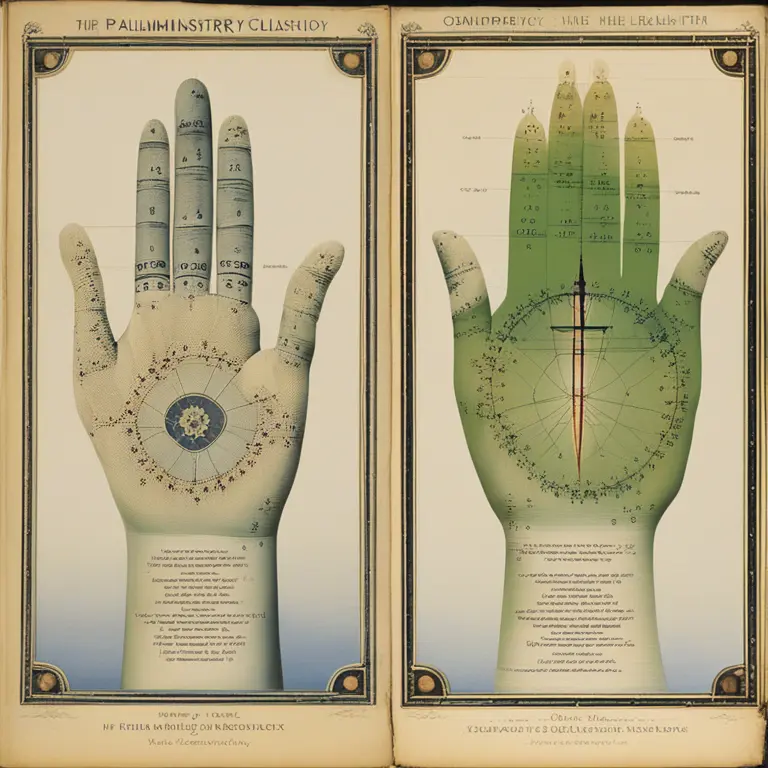
The Palmistry Health Line: Indicators of Vitality
Discover the significance of the palmistry health line and what it reveals about your vitality and well-being in this insightful article.
article by Nora Pennington
An Introduction to the Health Line
Palmistry, the ancient art of hand reading, offers insights into an individual's health through various lines etched on their palms. One such line is the health line, also known as the "hepatica." Traditionally, this line wasn't present on all hands, but its existence and quality can provide clues about a person's overall well-being. A strong, clear health line suggests a robust constitution, while its absence doesn't necessarily spell poor health—it might simply indicate an uncomplicated health history.

Locating the Health Line
The health line runs vertically on the palm, starting from the base of the palm or the Mount of Mercury and sometimes stretching towards the Mount of Luna, the area associated with the imagination and subconscious. Not to be confused with the life or fate lines, the health line's positioning and depth offer valuable information. Traditionally, experts in palmistry consider a deep and unbroken line as an indicator of strong internal health, whereas breaks and wavering instances suggest periods of ill health or recovery.

Interpreting Variations of the Health Line
In palmistry literature of 2024, subtle variations in the health line hold significant importance. A wavy line could indicate potential digestive issues, while a chained line reflects ongoing weak health or energy fluctuations. Short lines, cutting through the health line, suggest sudden illnesses. It is crucial for readers to understand that these interpretations do not guarantee health outcomes but offer a perspective based on historic palmistic conventions.

Contemporary View on Palmistry and Health
In contemporary practice, palm readers focus more on the holistic nature of health. Advances in palmistry research have prompted a shift from deterministic predictions to probabilistic insights. As such, changes in the health line over time might mirror the body's dynamic state of health. Experts now encourage individuals to approach palmistry as a supportive tool that complements medical advice rather than substituting it.

Critical Perspectives and Ethical Considerations
When approaching palmistry, ethical considerations are paramount. Ethical palm readers give readings that empower individuals rather than inciting fear or anxiety about health. They advocate for a balanced view, recognizing that palm lines are just one of many indicators of a person's health and that lifestyle, genetics, and environment play more decisive roles. As of 2024, palmistry lays an emphasis on self-awareness and prevention rather than prediction.
Palmistry as a Part of Holistic Health
Holistic health models have grown in popularity, and within this context, palmistry is seen as a reflection of mind-body interconnectedness. As practitioners argue, the health line can guide individuals to be more in tune with their physiological signs. The philosophy is to use such insights for balance and wholeness, aligning with other holistic practices like yoga, meditation, and nutrition-focused living.
Final Thoughts and Practical Advice
In conclusion, when analyzing the health line or seeking a palm reading, it's advisable to consult knowledgeable palmists who stay abreast of current principles and integrate them with traditional interpretations. Regardless of one's health line configuration, proactive health management and a stress-free lifestyle remain central to wellbeing. Palmistry should serve as a fascinating augment to one's health consciousness, not an alternative to professional healthcare.
Published: 1/11/2024
Modified: 1/12/2024
More predictions
Come back here soon to learn more about yourself and your future


The Possibility of Palmistry in Cancer Detection
Examining the claims that palmistry holds any potential in identifying the risk of cancer: a deep dive into the world of mysticism and medicine.


The Efficacy of Palmistry: Real Insight or Fancy?
Delve into the validity of palmistry as a form of divination. Is there a truth behind the lines on our palms, or is it just a charming fancy?


Palmistry: The Historical Overview
Delve into the dawn of palmistry and trace its journey through the corridors of time, uncovering the roots of this ancient practice.